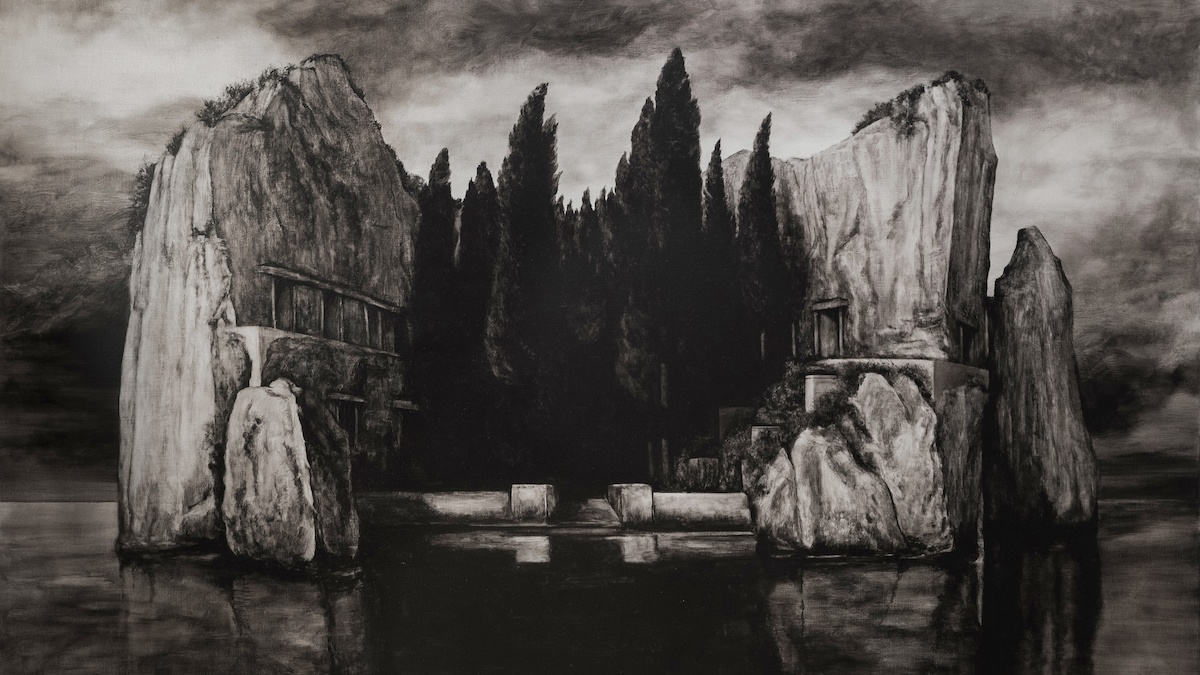Rachmaninov’s “The Bells”: A Choral Symphony Inspired by Poe
During a vacation in Rome in 1907, Sergei Rachmaninov received an anonymous letter which contained an intriguing text. It was Edgar Allan Poe’s 1849 poem, The Bells, freely translated and adapted by the Russian symbolist poet, Konstantin Balmont. Included was a note from the mysterious sender which suggested that the verses were ripe for a musical setting and that they were well-suited to the composer’s temperament. After Rachmaninov’s death, it was revealed that the …







